It's Still The Arts!
Author:
Audience Rating:
Genre:
Permission:
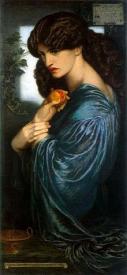
Art from the Pre-Rachaelite Period seemed to mirror the frivolity and painfully carefree attitude of the transgender community of the late nineteenth to early twentieth century... We'll be looking at some examples of those paintings that exemplify that nearly nonchalant mood.
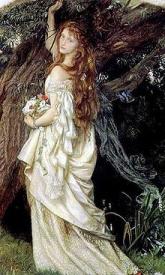
Ms. Hughes' little brother Mikey was the model for this painting; the happy bride learned that the tables had indeed been turned. Mikey's expression is almost wistful, indicated that he didn't mind at all.

Dani actually is depicted as the lute player on the right. She mentioned in her autobiography, "Here We Go Again," that her best friend and fellow artist Jean D'Arte had convinced her, quite erroneously, that the other girls in the band would agree to go out if they 'dressed up,' since the other members of the band only dated girls. Jean didn't mind at all.
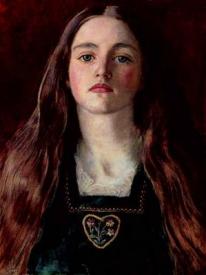
Mrs. Millais had indeed promised her son Willie that she would increase his allowance by half again if he posed for this portrait. What she didn't tell him is that she would pay him in lingerie and hose. Two years later he was modeling gowns in Paris.
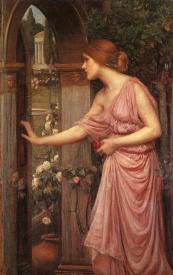
The subject is Pasquale (Patsy) Calabrese, the younger brother of Jean's best friend, Lenny Calabrese. Patsy was the object of teasing by the entire Calabrese family; they had returned from a visit to Grandpa Calabrese only to find Patsy dressed in his sister Sophie's clothes.

by Jamie Collinson
The three girls in the picture have been attending an all-girl's school as punishment for teasing their sister, so the story goes. Two weeks had been the limit, but they kept violating the lights out rule, and their 'punishment' was extended to the end of the term. Miss Collison wrote in her diary that she had discovered after the painting was finished that the boys, three brothers in fact, had actually violated the rule on purpose.

The painting is one of an obscure transgender author, Andrea Lomonica, who was in correspondence with another author, Veronica Ignazia, regarding mermaids, of all things!

Ms. Millais' twin cousins, Claudette and Charles, enjoyed dressing up in the same clothes and defying family members to tell them apart. Ms. Millais would confess years later that she never noticed that they always seemed to dress in Claudette's clothing. Claudette ended up living with a very attractive corsetiere from Lyons. Charles went on to star in silent pictures as Minnie Millais, Jeune Fille Enquáªteur (Girl Detective)
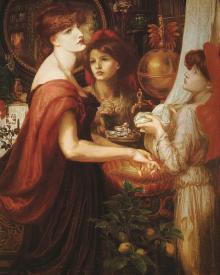
Here we have another personal friend of the artist, Marcello Calcaveccia and his twin brothers, Paolo and Giuseppe, who have agree to help their mother with a fashion show when her models failed to show up for the presentation. Marcello can be seen with an expression of frustration as his mother revealed to the three of them that she never really hired any models in the first place. Notice that almost wistful expression on Paolo (center); he admitted later that he knew his mother's plans and was completely delighted!
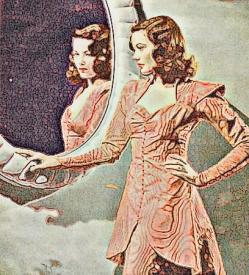
The model is our own Kristine Roland, and Ms. Brock has captured both the beauty of the model and the mystery of the story.

This portrait is that of Christina d' Bruno, the main character in Melania d' Bruno's wonderful series, Il Riluttante Ragazza. Ms. d'Bruno explained that after she wrote the series, Ms. Rosetti decided to include a sub-title for the portrait. So the proper title actually is,
Tune in next week for "Tropes and Hopes; Transgender Fiction of the Twentieth Century.